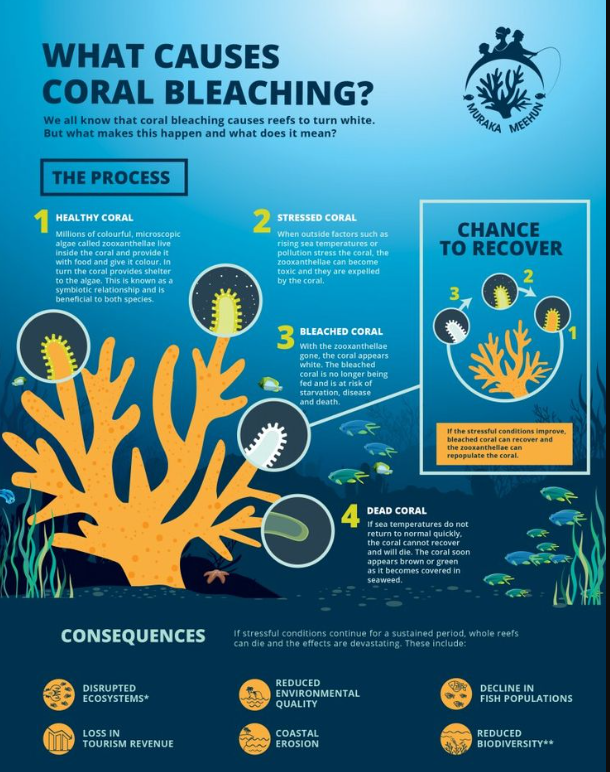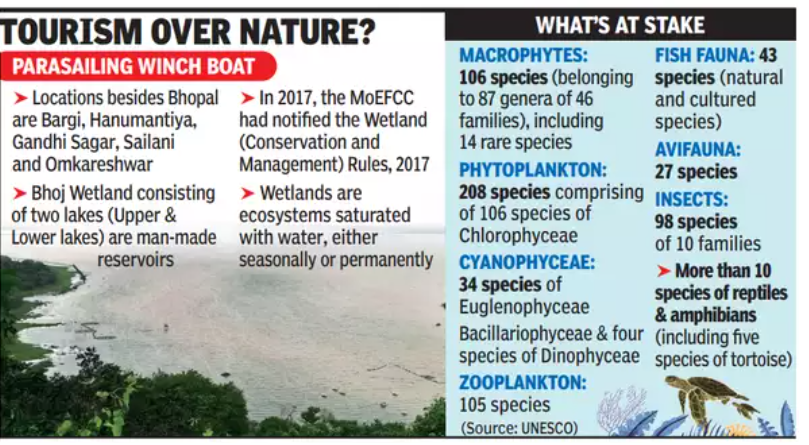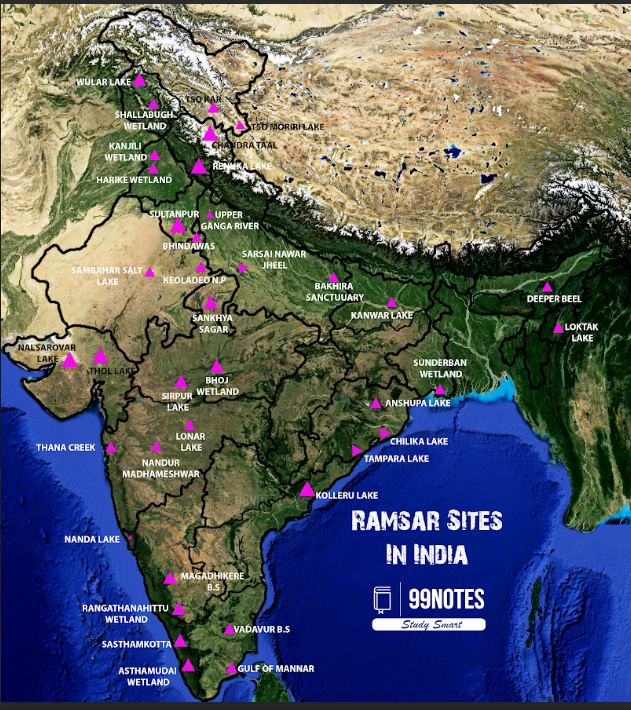6 August 2024 : PIB Summary For UPSC
1. National Coastal Scheme
(Source – https://pib.gov.in/PressReleseDetail.aspx?PRID=2041455 )
| Topic: GS2 – Governance – Government policies |
| Context |
|
The National Coastal Mission Scheme (NCM):
- Objective: The National Coastal Mission Scheme (NCM) aims to manage and conserve India’s coastal and marine ecosystems under the National Coastal Management Program.
- Components:
- Mangrove and Coral Reef Conservation: Management Action Plan focusing on the preservation of mangroves and coral reefs.
- Research & Development: Initiatives in marine and coastal ecosystems to advance scientific understanding.
- Beach Development: Sustainable development of beaches, including aesthetic and environmental management services.
- Capacity Building & Outreach: Programs to enhance conservation efforts by coastal states and UTs, including beach cleaning drives.
- Implementing Agencies: Managed by State Governments of Coastal States and Union Territory Administrations.
- Funding: ₹7.94 crore released from 2018-19 to 2023-24 for infrastructure, pollution abatement, safety surveillance, and beach cleaning in Andhra Pradesh.
- Related Projects: The Integrated Coastal Zone Management Project (ICZMP) by MoEFCC has contributed to mapping hazard lines, eco-sensitive areas, and sediment cells along India’s coastline.
2. Coral Bleaching
(Source – https://pib.gov.in/PressReleseDetail.aspx?PRID=2041457 )
| Topic: GS2 – Environment – Environmental pollution and degradation |
| Context |
|

What is Coral Bleaching?
- Definition: Coral bleaching is a phenomenon where corals lose their vibrant colours due to stress factors, primarily elevated sea surface temperatures.
- Visual Effect: Corals turn white or pale as the symbiotic algae (zooxanthellae) living within their tissues are expelled or die.
- Consequences: Prolonged bleaching can lead to coral death, loss of marine biodiversity, and disruption of reef ecosystems.
Factors Responsible for Coral Bleaching
- Global Climate Change: Increase in sea surface temperatures due to global warming is the primary cause.
- Marine Heat Waves: Abnormal rises in sea temperatures over short periods exacerbate bleaching events.
- Pollution: Nutrient runoff, sedimentation, and pollutants can stress coral reefs.
- Overfishing: Depletion of key reef species disrupts ecosystem balance.
- Ocean Acidification: Increased CO2 levels lower ocean pH, affecting coral growth and health.
Status of Coral Bleaching in India
- Recent Government Data: Coral bleaching events were reported in Lakshadweep in March 2024. No significant bleaching was noted in 2023, 2022, 2021, and 2020.
- Regional Observations:
- Lakshadweep: Key area for monitoring and restoration due to significant coral ecosystems.
- Other Regions: Less frequent but potentially impactful events observed in different coastal areas.
Conservation and Management Efforts
- Regulatory Measures:
- Indian Wildlife (Protection) Act, 1972: Coral species listed under Schedule-I for the highest level of protection.
- Coastal Regulation Zone (CRZ) Notification, 2019: Focuses on conservation and management of Ecologically Sensitive Areas (ESAs), including corals. Prohibits harmful developmental activities and waste disposal.
- Government Initiatives:
- Coral Transplantation: Active coral restoration activities conducted in Lakshadweep.
- Integrated Island Management Plan: Provides protection and management strategies for coral reefs.
- Monitoring and Research:
- Zoological Survey of India (ZSI): Monitors coral bleaching through the Long Term Coral Reef Monitoring Program.
- Indian National Centre for Ocean Information Services (INCOIS): Provides bleaching alerts and marine heat wave monitoring since 2011. Conducts coral ecosystem studies in Lakshadweep.
- Central Marine Fisheries Research Institute (CMFRI): Undertakes studies and projects to assess and enhance the resilience of coral reefs.
Ways to Avoid Coral Bleaching
- Reduce Carbon Emissions: Implementing policies and practices to cut greenhouse gas emissions.
- Promote Renewable Energy: Transition to clean energy sources.
- Reduce Runoff: Manage agricultural and industrial waste to minimise nutrient runoff
- Waste Management: Proper disposal and treatment of waste to prevent coastal pollution.
- Regulate Fishing: Enforce sustainable fishing practices and protect key reef species.
| Practice Question: Discuss the causes and consequences of coral bleaching in India. Evaluate the effectiveness of current conservation measures and suggest additional strategies to mitigate coral bleaching. (150 Words /10 marks) |
3. Bhoj Wetland
(Source – https://pib.gov.in/PressReleseDetail.aspx?PRID=2041456 )
| Topic: GS3 – Environment – Conservation |
| Context |
|

Bhoj Wetland Status:
- The Madhya Pradesh government has reassured that Bhoj Wetland in Bhopal is currently secure and is not at risk of being removed from the Ramsar Convention’s list of wetlands of international significance. Conservation efforts and regulatory measures continue to protect its status and ecological health.
National Conservation Initiatives:
- National Plan for Conservation of Aquatic Ecosystems (NPCA): Centrally sponsored scheme covering wastewater treatment, shoreline protection, lake development, desilting, stormwater management, and more.
- Activities: Includes bioremediation, biodiversity conservation, education, and community participation.
Ramsar Sites Added (Last Three Years):

| State | Wetlands |
| Bihar | Nagi Bird Sanctuary, Nakti Bird Sanctuary (2023) |
| Gujarat | Wadhvana Wetland, Thol Lake Wildlife Sanctuary, Khijadia Wildlife Sanctuary (2021) |
| Goa | Nanda Lake (2022) |
| Haryana | Sultanpur National Park, Bhindawas Wildlife Sanctuary (2021) |
| Jammu & Kashmir | Hygam Wetland Conservation Reserve, Shallbugh Wetland Conservation Reserve (2022) |
| Karnataka | Ranganathittu Bird Sanctuary, Ankasamudra Bird Conservation Reserve, Aghanashini Estuary, Magadi Kere Conservation Reserve (2023) |
| Madhya Pradesh | Sirpur Wetland, Sakhya Sagar, Yashwant Sagar (2022) |
| Maharashtra | Thane Creek (2022) |
| Mizoram | Pala Wetland (2021) |
| Odisha | Satkosia Gorge, Tampara Lake, Hirakud Reservoir, Ansupa Lake (2021) |
| Tamil Nadu | 15 sites including Koonthankulam Bird Sanctuary, Vembannur Wetland Complex (2023) |
| Uttar Pradesh | Haiderpur Wetland, Bakhira Wildlife Sanctuary (2021) |
| Ramsar Convention |
|




